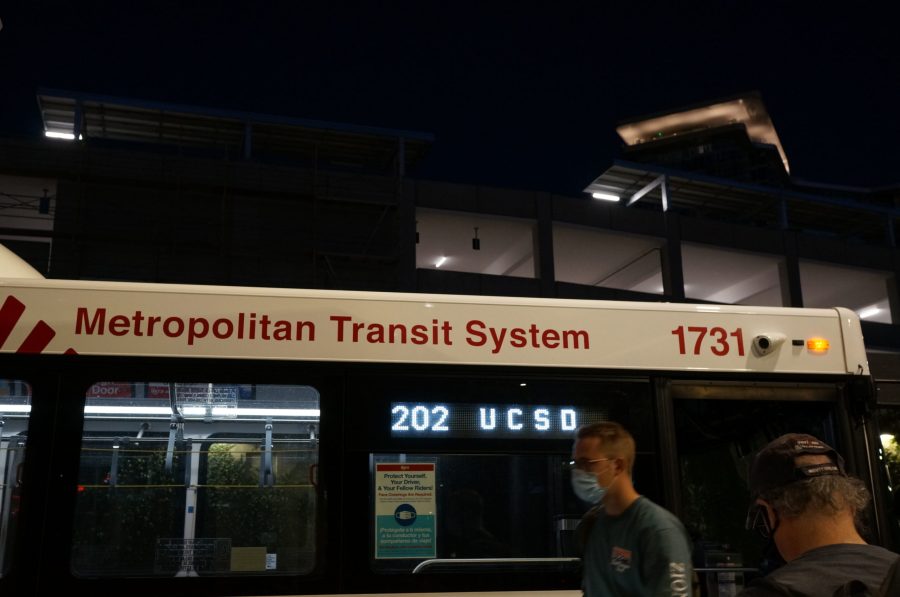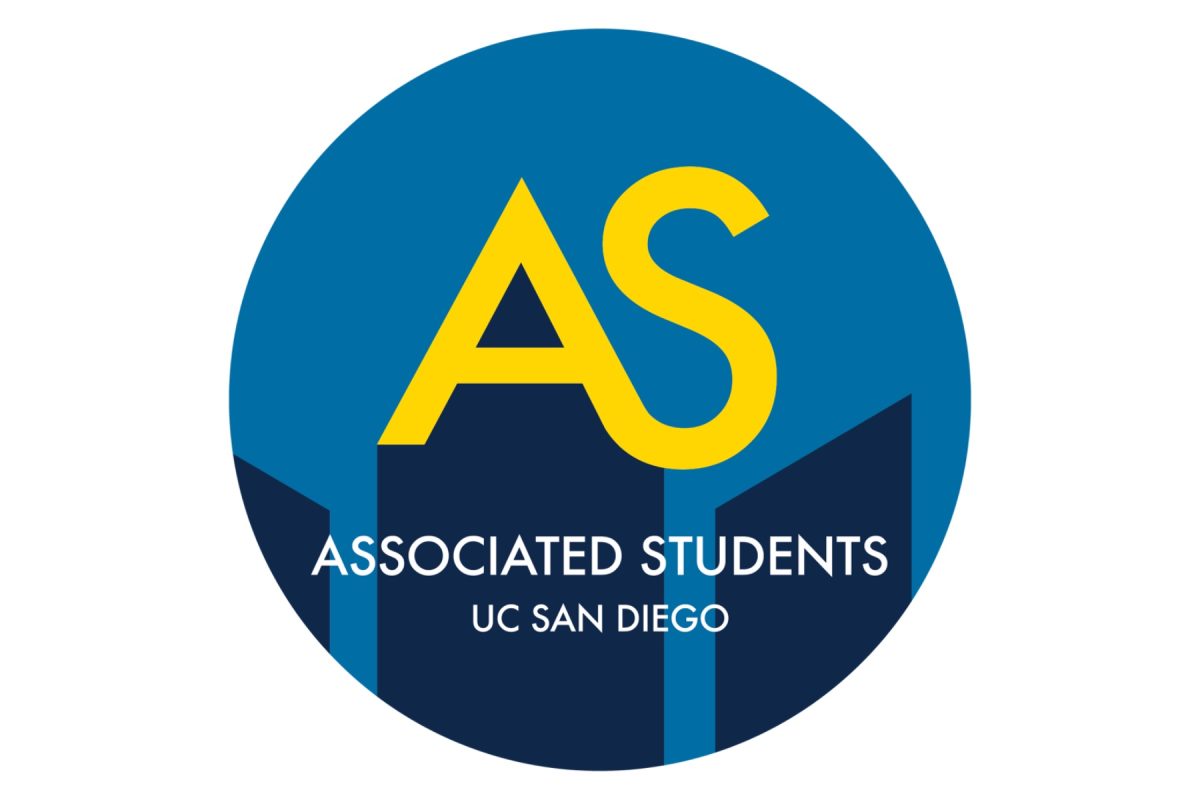California’s indoor masking mandate expired for fully vaccinated individuals on Feb. 16. According to new state guidelines, all individuals are still required to wear masks in certain locations, including public transport, K-12 schools and childcare settings, healthcare settings, homeless shelters, nursing homes, as well as correctional facilities and detention centers. In addition, unvaccinated individuals are still required to wear masks in indoor public settings, such as restaurants and theaters.
The relaxing of the mask mandate coincides with declining COVID-19 cases and hospitalizations across California. In early January, the 7-day positivity rate was 22.6 percent. It has since decreased significantly to 3.7 percent, according to the California Department of Public Health (CDPH)’s latest data from Feb. 21.
In comments to The Los Angeles Times, Dr. Tomás J. Aragón, California’s Director of Public Health, said he is highly optimistic that the state is recovering from the recent Omicron wave.
“Omicron has loosened its hold on California,” Aragón said. “With things moving in the right direction, we are making responsible modifications to COVID-19 prevention measures, while also continuing to develop a longer-term action plan for the state.”
However, The LA Times also reported that a number of doctors maintain that lifting the indoor mask mandate for vaccinated individuals is premature, given that the pandemic is still ongoing. Associate Professor of Infectious Diseases at UC San Francisco, Dr. Sarah Doernberg, expressed her concerns about the uncertain future of the pandemic.
“March seems soon to me to take away masks. I think we need to see more time to understand what’s going to happen,” Doernberg said to The LA Times. “It feels a little premature to take that away.”
UC San Diego also appears to be maintaining a cautious stance towards the COVID-19 pandemic. In a schoolwide email sent out on Feb. 17, UCSD’s Return to Learn Program reiterated that UCSD would continue to mandate indoor masking for all individuals, regardless of vaccination status.
“Although California’s public indoor masking requirement for vaccinated people ended yesterday, UCSD will continue to require all individuals, regardless of vaccination status, to mask indoors at the university,” the email read. “Our more cautious campus safety protocols are in line with other school systems and universities across the country. They are guided by an array of national, state, local and campus data that are analyzed by UCSD’s experts in epidemiology, medicine, predictive modeling and public health.”
Speaking to the UCSD Guardian previously, Dr Robert Schooley emphasized that UCSD would not tighten or relax current measures based on thresholds alone. Instead, they observe trends in key parameters to make decisions proactively before such thresholds are reached.
“We monitor multiple data streams every day to ascertain whether there are any concerning signals of an increasing incidence of SARS CoV-2 infection among our faculty, staff or students,” Schooley wrote.
These data streams include: the case rate in faculty, staff and student populations, evidence of locations or events that are responsible for infection clusters, the number and distribution of positive wastewater signals, as well as student behavior and police reports. In addition to analyzing data within the UCSD population, the Return to Learn program also observes the local incidence and hospitalization rate in San Diego to determine if the demographics of those infections overlap with UCSD’s population.
Together, these data drive the Return to Learn program’s informed decision-making process.
“In addition to monitoring absolute rates of all of these parameters, we look for trends and trajectories and — after taking all of this into account — make decisions daily about whether we should recommend tweaking of precautions in either direction,” Schooley explained.
UCSD’s efforts to control the spread of COVID-19 appear to be working, as the 14-day rolling percentage of positive cases at UCSD has consistently remained much lower than that of San Diego county. Furthermore, the 14-day rolling percentage of positive student and employee cases is on the decline, dropping from around 5.4% on Jan. 23 to 1.6% on Feb. 22.
These low positivity rates are encouraging, given UCSD’s current operational levels: 71% of all class sections are now being conducted in-person, and 20% of campus employees are working on campus.
According to UCSD’s current Face Covering Policy, acceptable face coverings include “fabric face masks of at least two layers, surgical masks, and N95 or KN95 masks.” Unacceptable face coverings include “scarves, ski masks, bandanas, balaclavas, gaiters, collars, turtlenecks, plastic face shields, or a single layer of fabric.”
For more information about the daily COVID-19 situation at UCSD, students can visit the Return to Learn COVID-19 Dashboard. To learn more about UCSD’s guidelines regarding testing, vaccination, masking and contact tracing, students can visit the Return to Learn website. Lastly, to obtain a free KN95 mask on campus, students and employees can visit the second level of Price Center East, The Trove or the Basic Needs Hub.
Photo taken by Althea Tien for The UCSD Guardian















FredPeterson • May 1, 2022 at 3:07 am
Nice post, https://essay.review.com“>anchor !
Emma • Apr 4, 2022 at 3:59 am
Everyone sets their own methods and restrictions in order to stop the spread of the disease. I, as a traveler, still have to do the best for covid in order to protect myself and others. Luckily, the testing process is now easier than ever, I advise you to read more about emergency covid testing here
RobertoMood • Mar 28, 2022 at 2:24 pm
Amazing news! Wearing masks made our life more complicated. With help of http://essaypapers.reviews/, I wrote a paper on how people think about wearing masks, and more than half were ready to take them of and forget about them